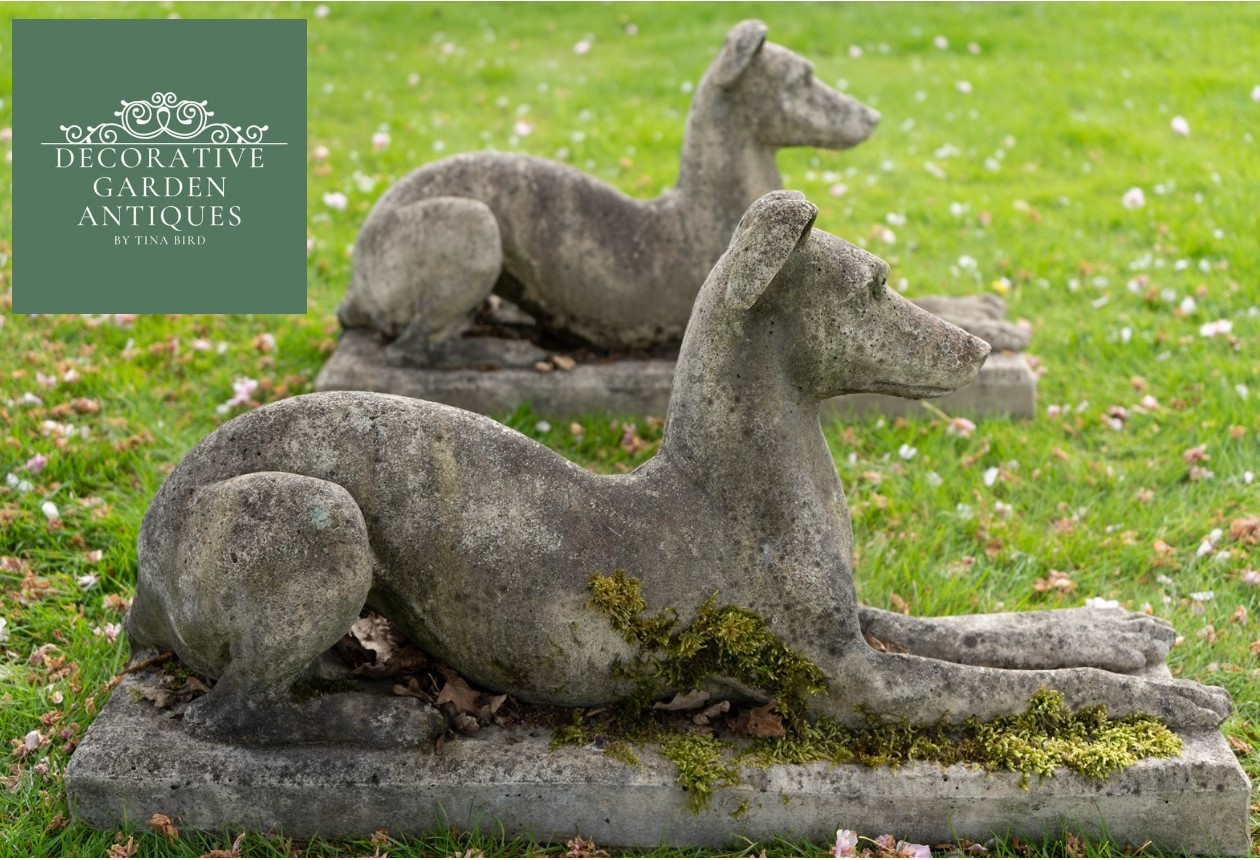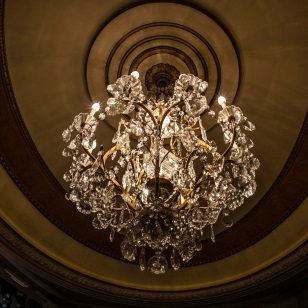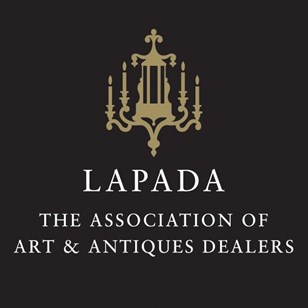Roman Imperial Terracotta Forger's Casting Mould; 3Rdc AD
Stock No
3090
2013
Questions about this item?
Like this item?
Item Description
The fascinating terracotta forger’s casting mould, Incuse of IMP C M AVR PROBVS P F AVG, radiate, draped and cuirassed bust to right and reverse Incuse of RESTITV[...], female figure draped standing to right, presenting a wreath raised in the right hand to Probus and wearing cloak over cuirass, standing facing before her, the head turned to the left whilst holding globe and sceptre, the whole surviving from 3rd century AD.
The condition is good, being largely complete and with no damages. Please refer to the photographs for a full visual reference.
The manufacture of coins in the Roman culture, dating from about the 4th century BC, significantly influenced later development of coin minting in Europe. The origin of the word "mint" is ascribed to the manufacture of silver coin at Rome in 269 BC at the temple of Juno Moneta. This goddess became the personification of money, and her name was applied both to money and to its place of manufacture. Roman mints were spread widely across the Empire, and were sometimes used for propaganda purposes. The populace often learned of a new Roman Emperor when coins appeared with the new Emperor's portrait. Unlike most modern coins, Roman coins had (at least in the early centuries) significant intrinsic value.
Roman coins were usually struck, not cast. These moulds, therefore, were made from real coins in order to make forgeries of low-value bronze nummi. The practise may be seen as an attempt to overcome a shortage of official coin, but it clearly involved an element of deception and profiteering and was undoubtedly regarded as highly illegal by the imperial authorities. These moulds could then be stacked on top of one another to create pairs of heads and tails. Grooves were left at the edges of the moulds where molten metal could be poured in. These counterfeiters would have cast coins using metal which contained less silver than the alloy used for the production of official denarii. These unofficial copies would therefore have contained less precious metal than the official coins but would have still had the same face value. Another theory, which was popular among antiquarian archaeologists, is that they might have been sent from Rome or made locally in order to produce enough semi-official coinage to pay the Roman soldiers stationed in Britain. This does not seem likely as it is now strongly believed that official Roman coins were always struck using dies.
An intriguing novelty that surely has a place in any curiosity cabinet of note.
Item Info
Seller
Seller Location
Olney, Buckinghamshire
Item Dimensions
D: 3cm
Period
3rdC AD
Item Location
United Kingdom
Seller Location
Olney, Buckinghamshire
Item Location
United Kingdom
Seller Contact No
+44 (0)7729 213013
More from DOE AND HOPE












